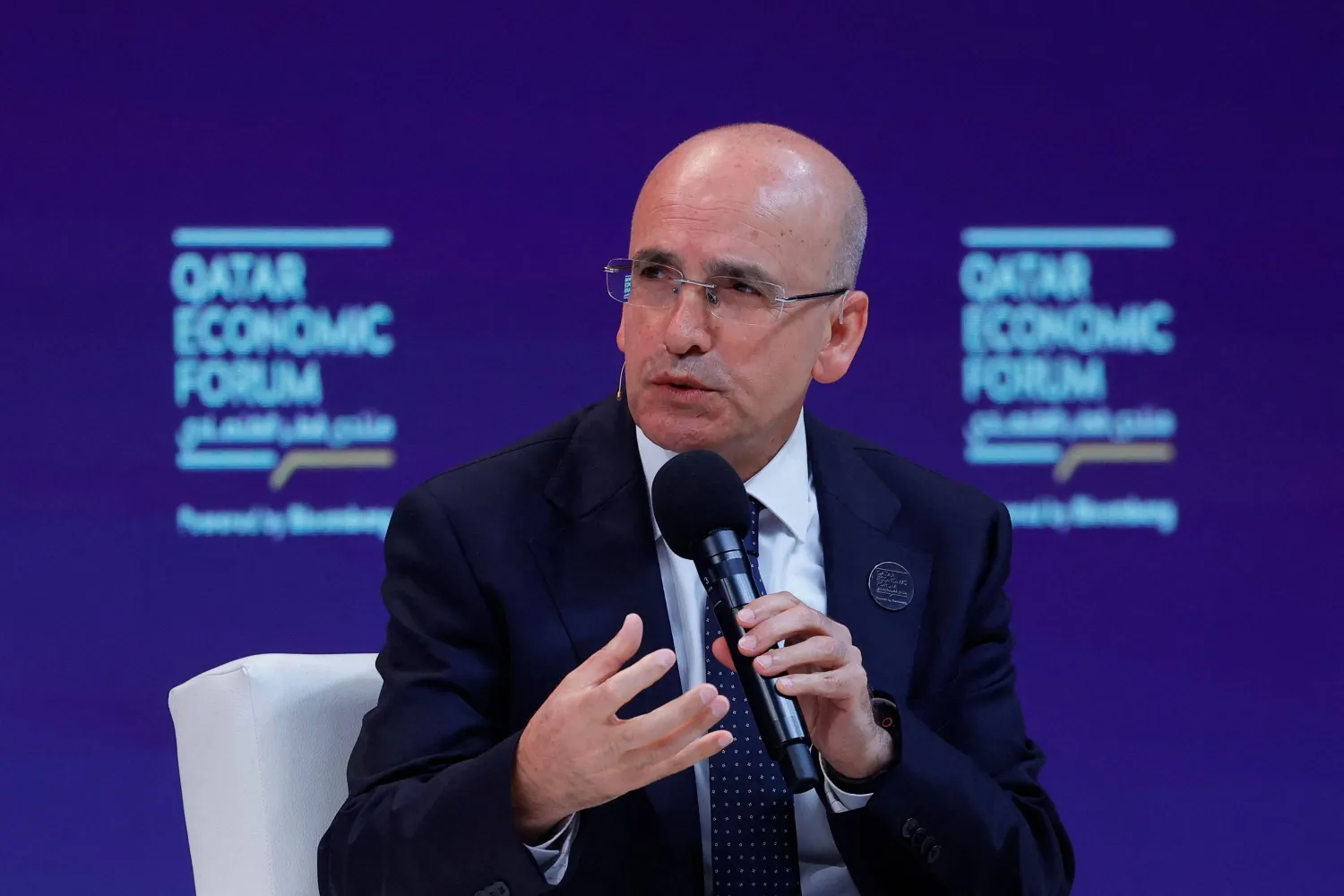Egyptian Minister of Petroleum Tarek El-Molla has said that the development of the Golden Triangle region requires the participation of all sectors to attract foreign and domestic investments.
The Golden Triangle project is one of the major mining projects intended to be established between Qena, Safaga, and al-Qusayr. Its area is over 7,000 square kilometers.
It includes tourism, mining, agricultural, industrial, and commercial projects amid expectations of providing about half a million job opportunities in five years.
The area is rich in mining sources that make up 75 percent of Egypt's minerals, including metallic and non-metallic minerals, iron, copper, gold, silver, granite, and phosphate.
Molla chaired a workshop for coordination between the mining and the industrial sectors to explore investment opportunities at the economic zone in the Golden Triangle area.
The minister stressed the importance of increasing the efficiency of the infrastructure and achieving possible benefits from the mining resources, which can be one of the primary resources of added value to the national economy.
The meeting also reviewed the strategy of the Egyptian mining sector, the investment map for the mining sector until 2040, the ministry's vision to develop the Golden Triangle, and maximizing its revenues.
Also, the workshop witnessed agreement on the importance of emphasizing the mining reserves, noting that the last international bids posted by the ministry had activated the mining exploration and discovery operations in the promising area.
At the end of the meeting, Molla highlighted the importance of welcoming all feasible ideas and agreeing on a roadmap to develop the Triangle.
He also called for providing the necessary human cadres and building their capabilities to actively attract investments.
The minister pointed to the importance of the Environment Ministry's participation in the development project in light of the vital role of environmental compatibility regarding luring investments.
He directed officials to work on a dialogue based on the strengths that characterize the region to accelerate the development of outputs that enable the sustainability of work and growth.









